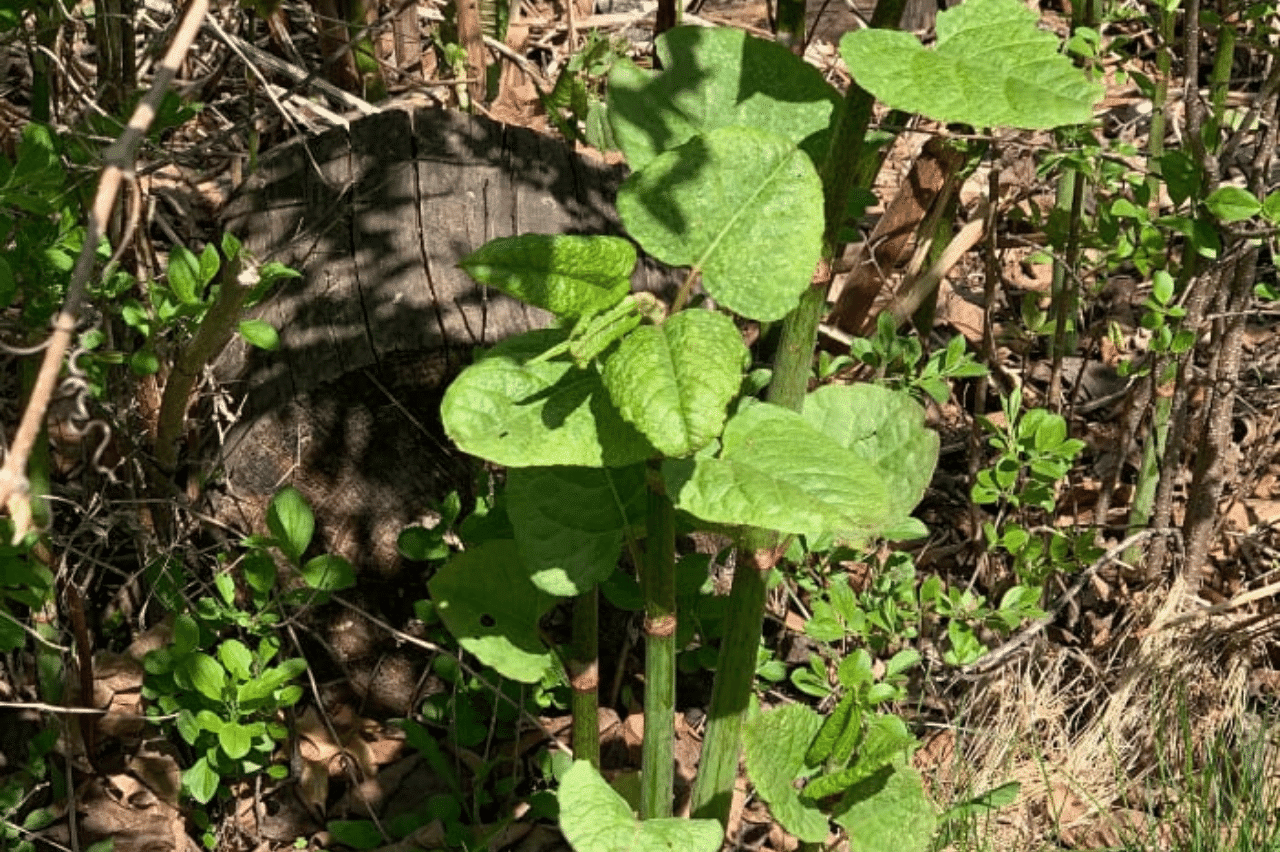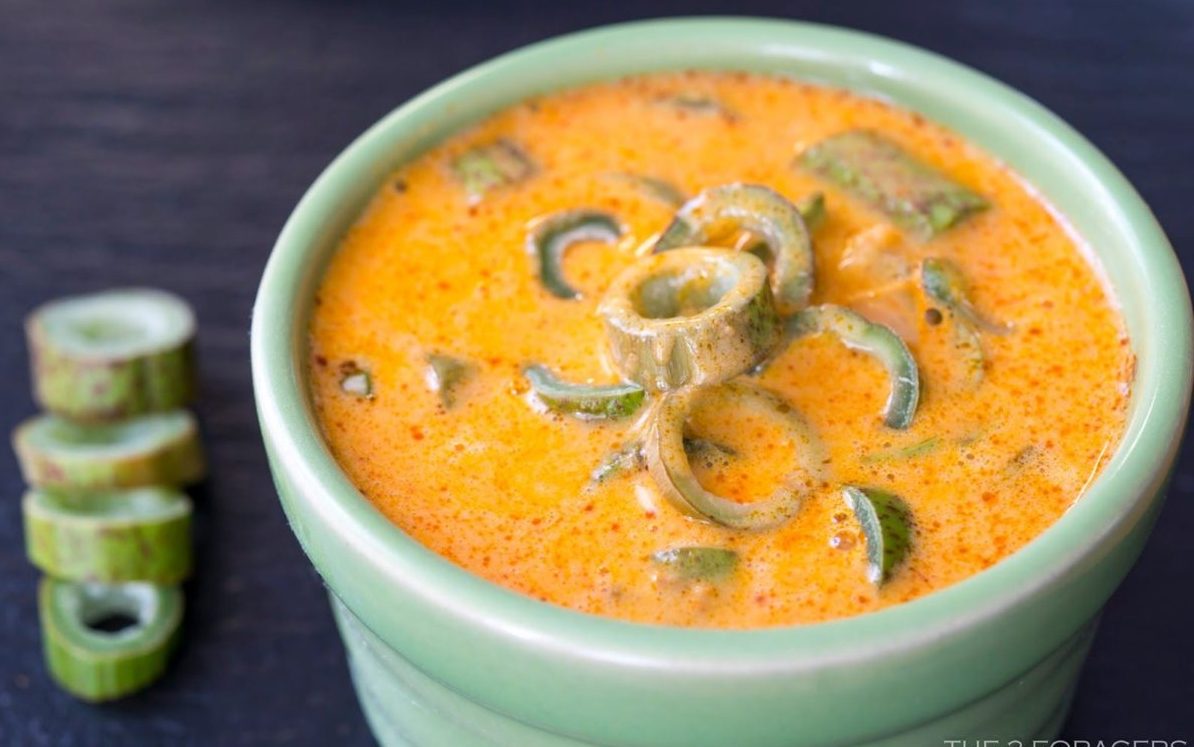According to the latest research, Japanese Knotweed extract could cut the cancer risk of processed meat. Gunter Kuhnle, Professor of Nutrition and Food Science at the University of Reading, said: Our latest findings show that using natural additives in processed red meat reduces the creation of compounds in the body that are linked to cancer. “Surprisingly, the natural additives have some protective effects even when the red meat still contained nitrite. This suggests that natural additives could be used to reduce some of the potentially harmful effects of nitrite, even in foods where it is not possible to take out nitrite preservatives altogether.” This will help Bacon to come back on the menu of health-conscious diners.

Health Benefits of Japanese Knotweed
Japanese Knotweed has high concentrations of resveratrol, a potent antioxidant that is also present in lesser quantities in grapes, mulberries, peanuts, and red wine. It is a good source of Vitamins A and C and contains potassium, manganese, zinc, and phosphorus.
The antioxidant properties of Japanese Knotweed mean it is excellent for reducing inflammation, and it has been used to treat inflammatory conditions like arthritis, gout, joint disease, and skin diseases. There’s some promising research looking into Japanese knotweed as a treatment for Lyme disease.
As a paste, it can reduce the pain and swelling of burns, irritations, and rashes. Used as a mouthwash to stop bleeding, it can be used to help gingivitis. According to WebMD, “Developing research suggests that a root extract of knotweed might be useful as a mouth rinse to treat gingivitis. Gingivitis is caused by plaque, a film of saliva and bacteria that builds up on teeth at the gum line. The knotweed extract seems to decrease bleeding and swelling of the gums, possibly because it might interfere with the formation of plaque.”
It is also good for eye health, liver disease, and digestive problems. In Japan, it is used as a mild laxative. Herbalists have found Japanese Knotweed to be effective in treating Lyme disease, and science is working to prove this through research.
How to Prepare Japanese Knotweed?
The best time to eat it is when the shoots are young in the spring.

Japanese Knotweed can be substituted for rhubarb in dishes such as jellies, syrups, crisps, cakes, and pies. You can also steam the shoots and young leaves and eat as you would asparagus, straight up or in quiches, soups, risottos, stews, sauces, and chutneys.
You can make a puree by boiling the stems with water and sugar or sugar substitute until the pieces are soft. Add lemon juice and more sweetener to taste. Use as a dessert, pie filling, or include in muffins, bread, or cakes. You can even add it to your breakfast smoothie or juice.
For recipes & more visit, https://practicalselfreliance.com/
Is It Safe?
Being high in oxalic acid, if you’re allergic to spinach or rhubarb, you should also avoid knotweed.
If you have a chronic medical condition or take regular medication, check with your health professional before eating Japanese Knotweed. Likewise, if you are pregnant or breastfeeding, the safest option is to consult your doctor before eating anything outside your usual diet.
Disclaimer
The Content is not intended to be a substitute for professional medical advice, diagnosis, or treatment. Always seek the advice of your physician or other qualified health provider with any questions you may have regarding a medical condition.